Decorating & Design
How to Turn Your Home into a Plant Oasis
Published on March 2, 2022

At this time of year, many Canadian homes start to look like plant graveyards. While our dreams often look like this gorgeous plant-filled condo, a lush indoor oasis can be tricky to achieve.
Houseplants, especially the tropical varieties, can be finicky. So, we spoke to expert plant shop owners from all over the country to find out what we’re all doing wrong, and how to make our thumbs a bit greener. We’re sharing where to buy your houseplants, what the best ones are and how to keep them alive for years to come.
Scroll down for our best houseplant tips!

WC Jungle, Vancouver
West Coast Jungle, which has two locations in Vancouver, B.C. (one on Main St. and the other on Granville St.) focuses on selling trending and rare house plants that Canadians can keep alive, even through the dreariest months of the year when there’s barely any sunshine.

If you’re on a quest to keep your plants alive, the first thing to do is pick the right plants. Taylor Booth, who owns WC Jungle along with her mom and sister, recommends that Canadians (especially those who live in B.C.) try out Monstera, Fiddle Leaf Figs (pictured above), Snake Plants, Birds of Paradise, Peace Lily (pictured below) or a Zamioculcas Zamiifolia “ZZ Plant”. “We are so fortunate in Canada to have access to houseplants from all over the world,” Taylor says.
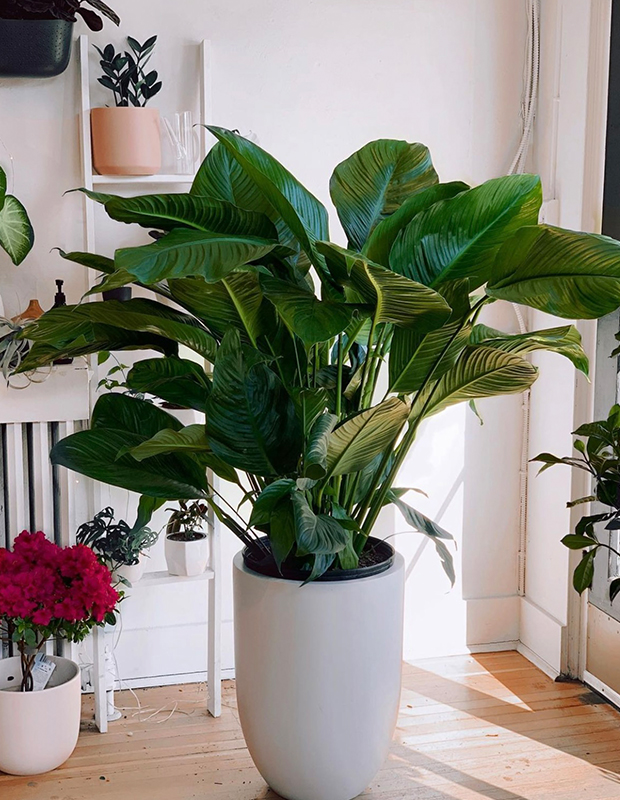
Taylor cautions people to stay away from the Philodendron Pink Princess, which she says is highly overrated. Since it’s considered a rare plant, it comes with a hefty price tag. “I personally don’t think they make great houseplants and don’t look great,” says Taylor.
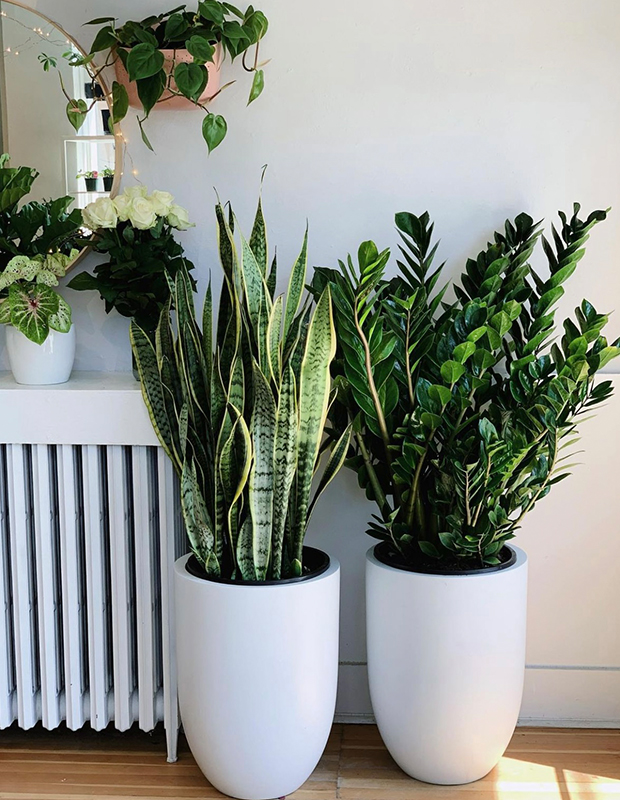
Now, once you’ve brought those plants home, the key to keeping them alive is to always make sure your pots have drainage, according to Taylor. Moisture also plays a key role in plant happiness, so make sure to feel your plants’ soil before watering it.
Tip: Stick your finger, up to your knuckle, in the soil to see if it’s dry before watering.
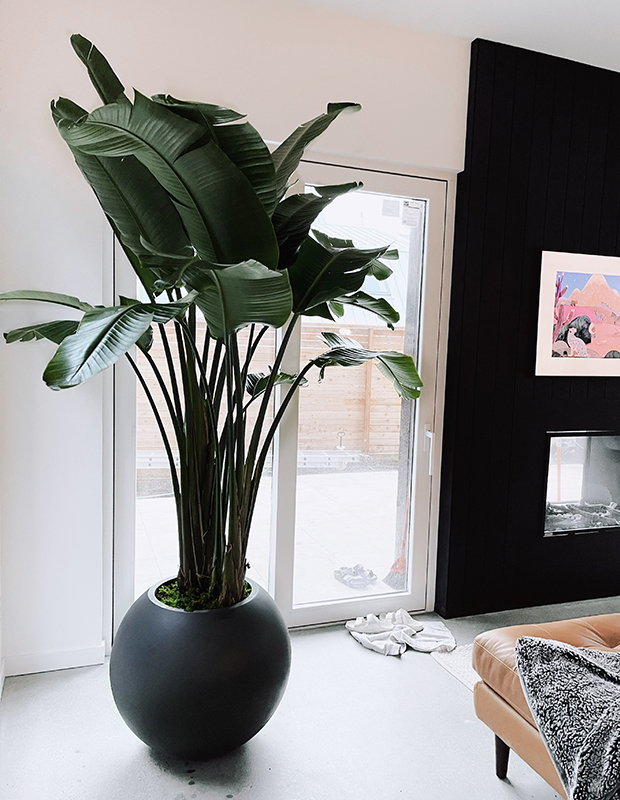
In the winter, give your houseplants a break from the watering, and don’t fertilize them until spring. Move the plants closer to your windows to soak up as much light as possible. “Your plants actually like to be neglected a little bit,” says Taylor.
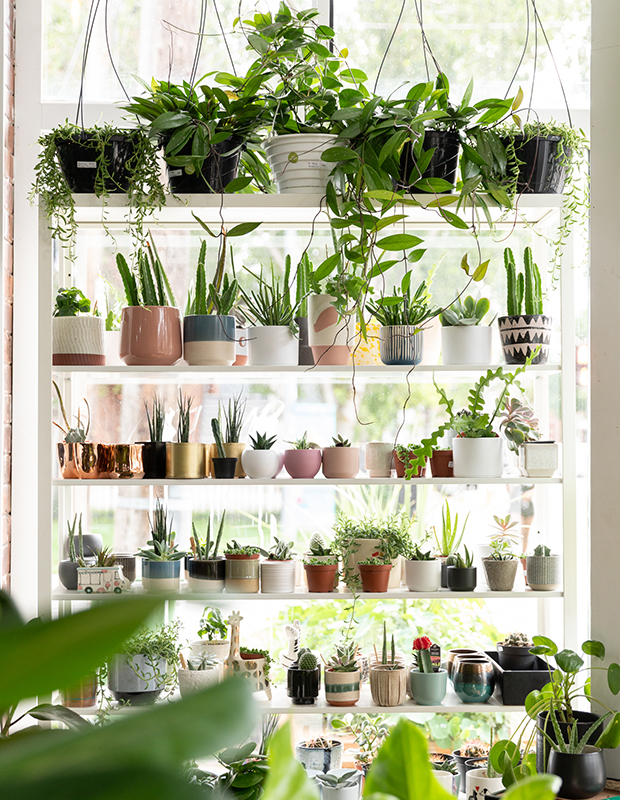
Urban Gardener, Toronto
Based in Toronto’s Junction Triangle neighborhood, Urban Gardener is a small boutique plant shop. All of their plants come from Ontario greenhouses, and they supply plant care cards with every purchase. For the last seven years, the shop has had a mission of helping Torontonians find the right tropical plants, succulents and cacti for their homes. Their website also shares useful tips for plant care.

Like WC Jungle, Urban Gardener recommends that every Canadian pick up a ZZ Plant and a Snake Plant. Urban Gardener’s co-owner Erin Klassen says that Canadians (especially those in Ontario) should check out Pothos, Dracaena, Peperomia and Ficus Lyrata.
In Ontario, the struggle is that conditions vary so drastically season-to-season, making it very challenging to care for tropical plants, says Erin.
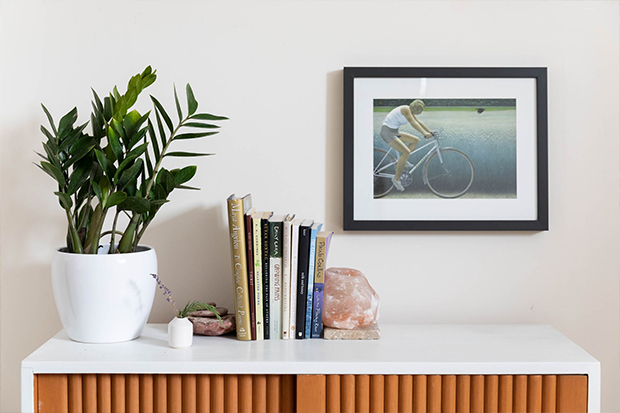
Tip: Pick up a humidifier to keep the humidity between 40-60% in your home, which is the temperature most plants thrive in. But keep in mind, unless you are willing to have a humidifier running constantly, a palm of any kind is probably a bad idea, says Erin.
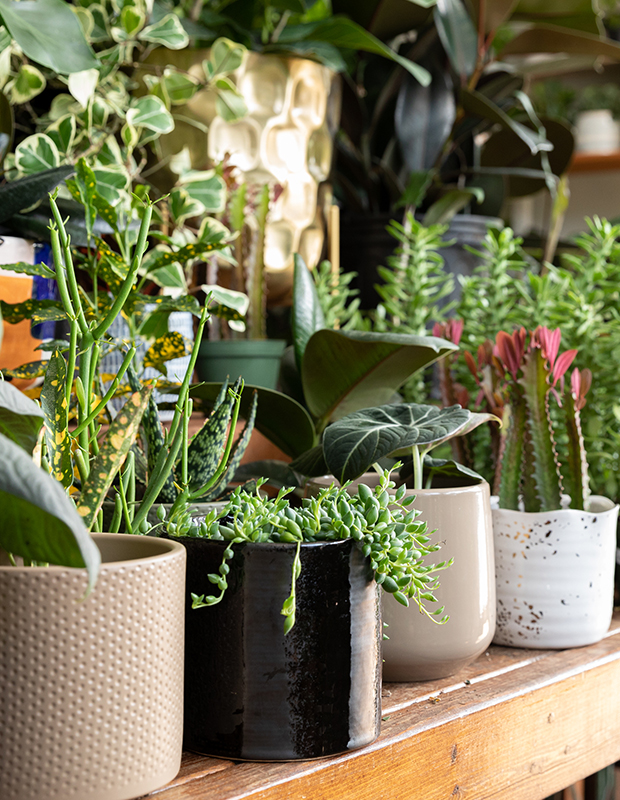
When people come in to buy a plant at Urban Gardener, the staff will ask them what direction their windows face in order to get a better understanding of which plants will do best. Something everyone should keep in mind is that bright, indirect light is best for most plants. As for watering, stick to watering by touch and going-with-the-flow, rather than making an exact schedule.
“Caring for plants is also a form of self-care and encourages you to slow down and observe the natural world in an accessible way,” says Erin. “Plants can bring us a lot of joy, especially during our dreary winters.”
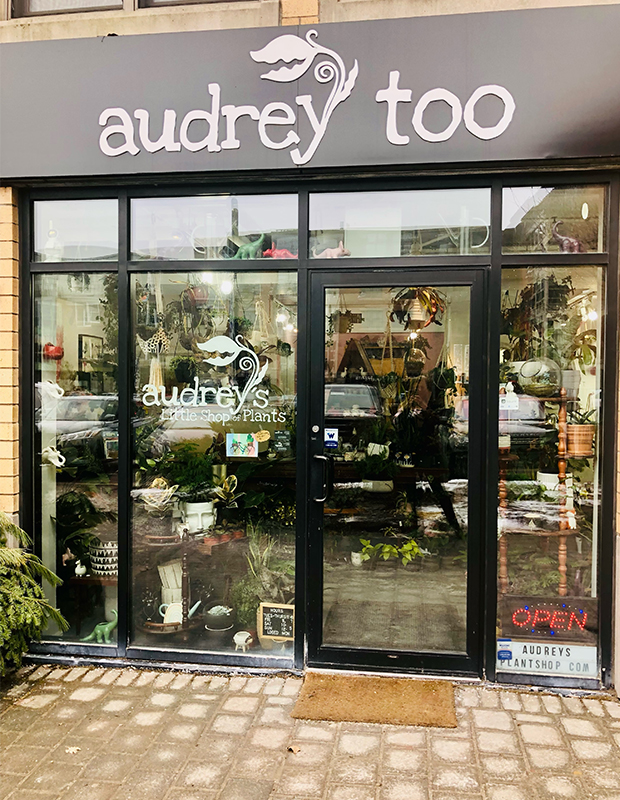
Audrey’s Little Shop Of Plants, Halifax
Focused on finding unique houseplants, terrariums, pots and soils, Audrey’s Little Shop of Plants has two locations in Dartmouth and Halifax, N.S. The shop’s owner, Audrey Flanders, sources local plants and works with Canadians sellers as much as possible.

Even in Nova Scotia, surrounded by the ocean, Audrey says that the air inside Canadian homes is often quite dry, and suggests people look for plants that thrive in those conditions, such as Snake Plants or Philodendron. Other plants that will do well in Canadian homes are Begonias, Peperomia and any thick leaf fern, such as a Staghorn.
One big difference to keep in mind for plant care on the East Coast is that the Maritimes’ tap water has a lot of calcium and iron in it, which can cause brown tips on leaves. Audrey’s Little Shop of Plants tries to mitigate that with an extra rinse of the soil to wash away the buildup.

Tip: Don’t transplant or fertilize a new plant for the first year after purchase. When a plant is suffering it’s often because it was planted in too big of a pot. “Many plants like crowded roots and don’t want a lot of new soil,” says Audrey.
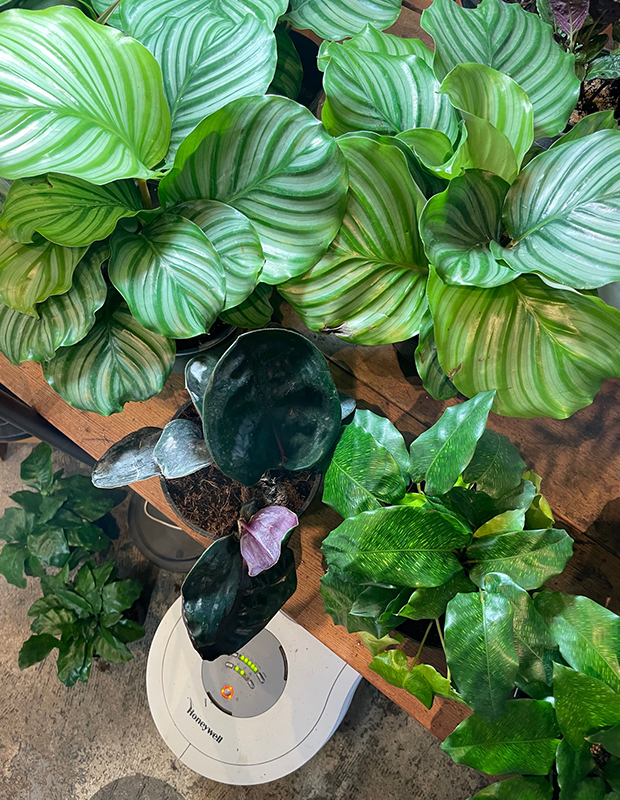
Tip: If buying a humidifier isn’t possible, try placing a tray with pebbles on it near the plant to naturally add humidity.

“Houseplants have been proven to reduce stress and add oxygen to the air,” says Audrey. “Seeing something grow, while it’s cold and dark out, cheers us all up.”


